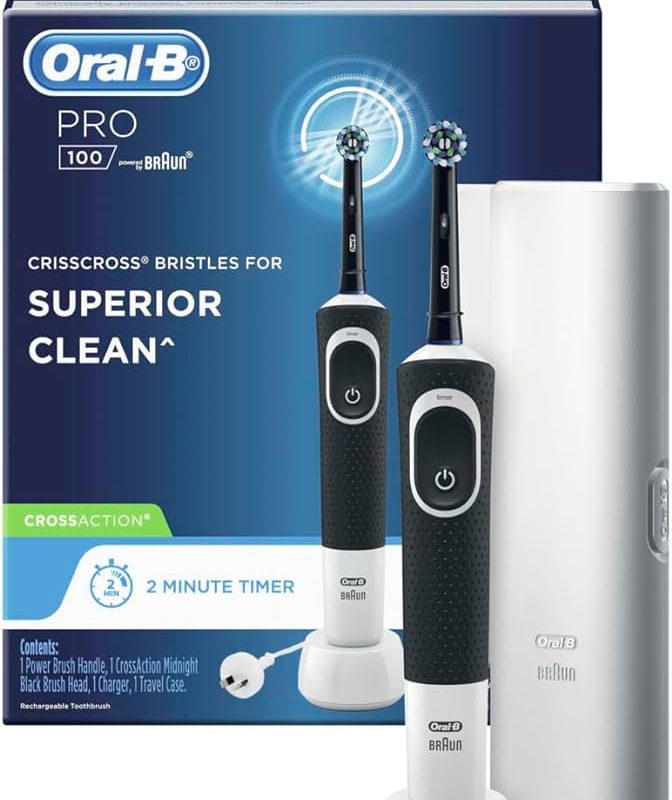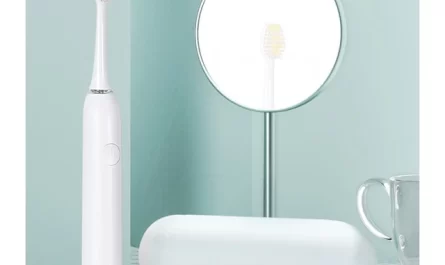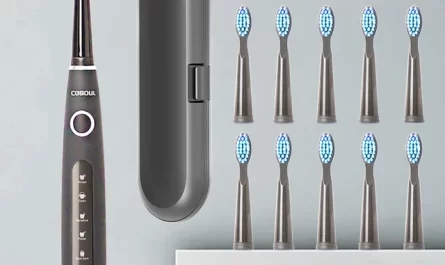Introduction:
Electric toothbrushes have gained popularity for their effectiveness in maintaining oral hygiene. However, there may be confusion about whether the bristles of an electric toothbrush should touch the gums during brushing. In this guide, we will explore the topic of electric toothbrushes and their contact with the gums. By understanding the importance of proper technique and the potential risks or benefits involved, you can ensure optimal oral health and make informed decisions about your brushing practices.
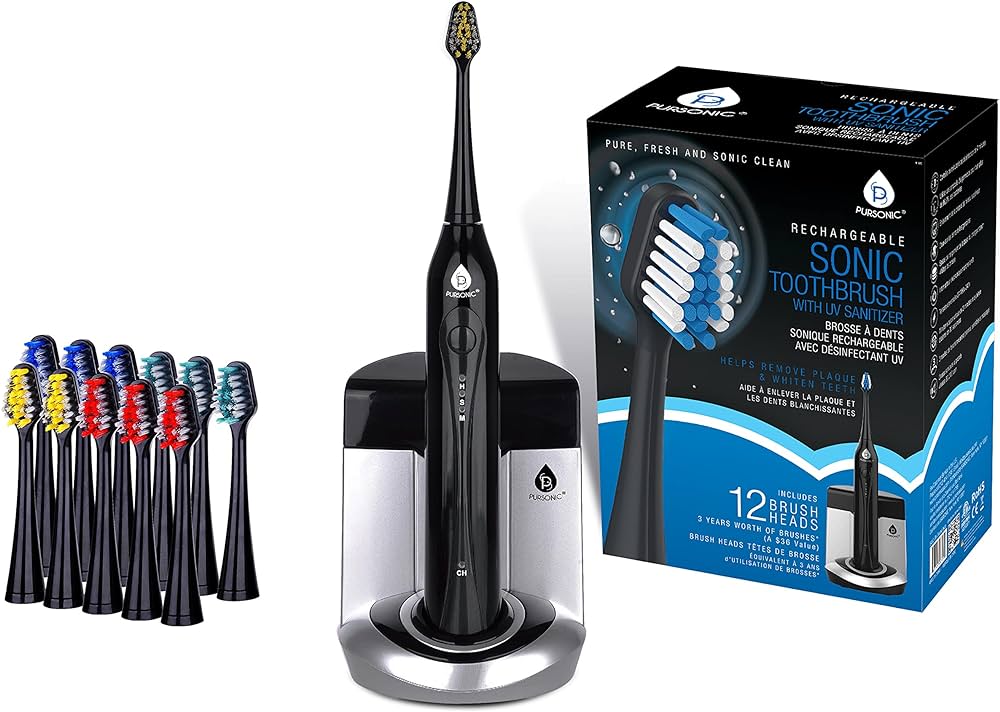
Should electric toothbrush touch gums?
The Role of the Gums:
Before discussing the contact between electric toothbrush bristles and the gums, it is essential to understand the role of the gums in oral health. The gums, also known as gingiva, serve as a protective barrier around the teeth and provide support to the underlying structures. Healthy gums are firm, pink, and free of inflammation or bleeding.
Optimal Brushing Technique:
Proper brushing technique is crucial for maintaining healthy gums and teeth. Regardless of whether you use a manual or electric toothbrush, the same guidelines apply:
a) Position the toothbrush: Hold the toothbrush at a 45-degree angle towards the gum line. This allows the bristles to reach both the teeth and the gum line.
b) Gentle pressure: Apply only gentle pressure when brushing. Using excessive force can lead to gum irritation or recession.
c) Circular or vibrating motions: Move the toothbrush in small circular or vibrating motions, covering all tooth surfaces and the gum line. This helps remove plaque and debris effectively.
d) Spend adequate time: Brush for a minimum of two minutes, ensuring that you dedicate sufficient time to each quadrant of your mouth.
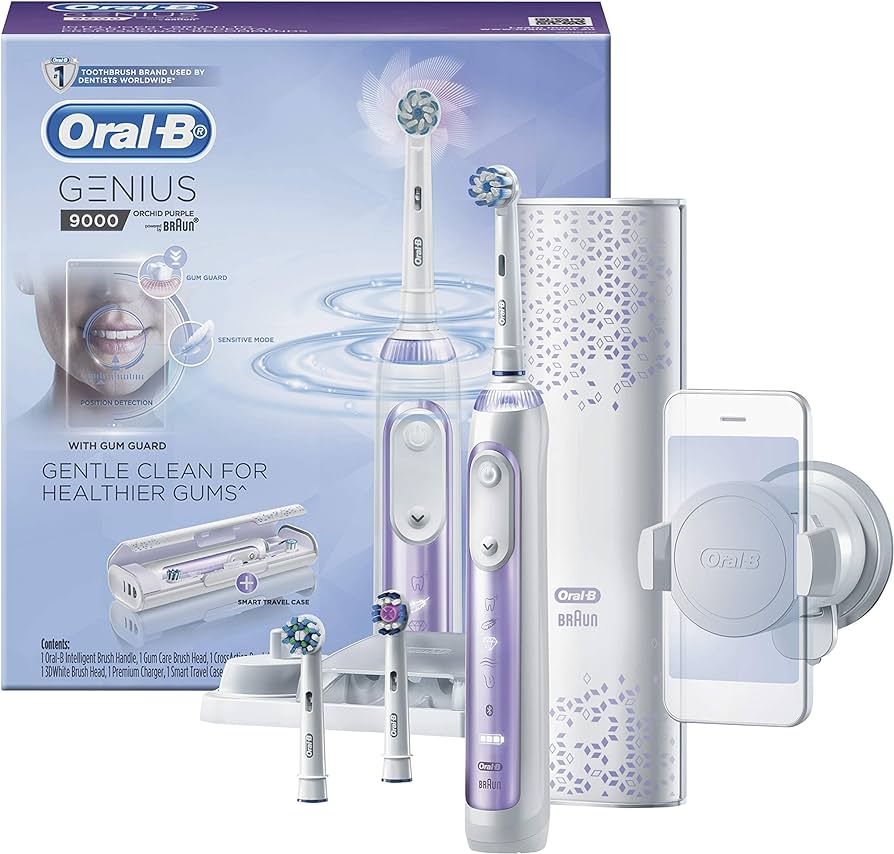
Benefits of Brushing the Gums:
Proper contact between the bristles of an electric toothbrush and the gums can have several benefits for oral health:
a) Plaque removal: The gum line is a common area for plaque buildup, which can lead to gum disease if not adequately addressed. Brushing the gums helps remove plaque and prevent its accumulation.
b) Gum stimulation: Gentle brushing of the gums can stimulate blood flow, promoting healthy gum tissue and potentially reducing the risk of gum disease.
c) Tartar prevention: Proper brushing technique that includes the gum line can help prevent the formation of tartar, a hardened form of plaque that can only be removed by a dental professional.
Risks of Incorrect Brushing:
While brushing the gums can be beneficial, there are potential risks if incorrect technique or excessive force is used:
a) Gum irritation: Vigorous brushing or applying too much pressure can irritate the gums, leading to inflammation or even bleeding. This can contribute to gum recession or sensitivity.
b) Gum recession: Aggressive brushing or using a toothbrush with hard bristles can cause the gums to recede, exposing the sensitive tooth roots. Gum recession can also make the teeth appear longer and create aesthetic concerns.
c) Toothbrush abrasion: Incorrect brushing technique can lead to toothbrush abrasion, which refers to the wearing away of tooth enamel and gum tissue. This can result in tooth sensitivity and weakened gum health.
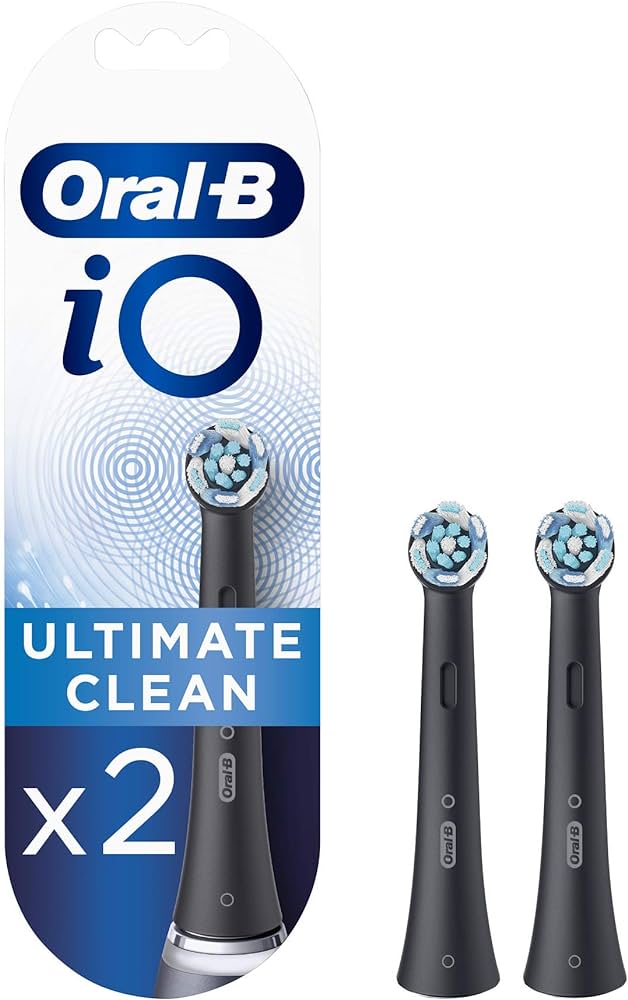
Choosing the Right Electric Toothbrush:
Selecting the right electric toothbrush can also play a role in the contact between the bristles and the gums. Consider the following factors:
a) Soft bristles: Choose an electric toothbrush with soft bristles to minimize the risk of gum irritation or damage. Soft bristles are gentle on the gums while effectively removing plaque.
b) Pressure sensors: Some electric toothbrushes feature pressure sensors that alert you if you are applying too much force. This can help prevent excessive pressure and protect your gums.
c) Brushing modes: Electric toothbrushes often offer different brushing modes, including specific modes for gentle or sensitive brushing. Consider using these modes if you have sensitive gums or are prone to gum issues.
Additional Tips for Gum Health:
In addition to proper brushing technique and using an appropriate electric toothbrush, consider the following tips to maintain healthy gums:
a) Regular dental visits: Schedule regular dental check-ups and cleanings to detect and address any gum health issues promptly.
b) Flossing: Incorporate daily flossing into your oral hygiene routine to remove plaque and debris from between the teeth and along the gum line.
c) Mouthwash: Use an antimicrobial mouthwash as part of your oral care routine to help reduce bacteria that can contribute to gum disease.
d) Healthy lifestyle choices: Maintain a balanced diet, limit sugary foods and beverages, avoid tobacco use, and manage stress. These factors can all impact gum health.
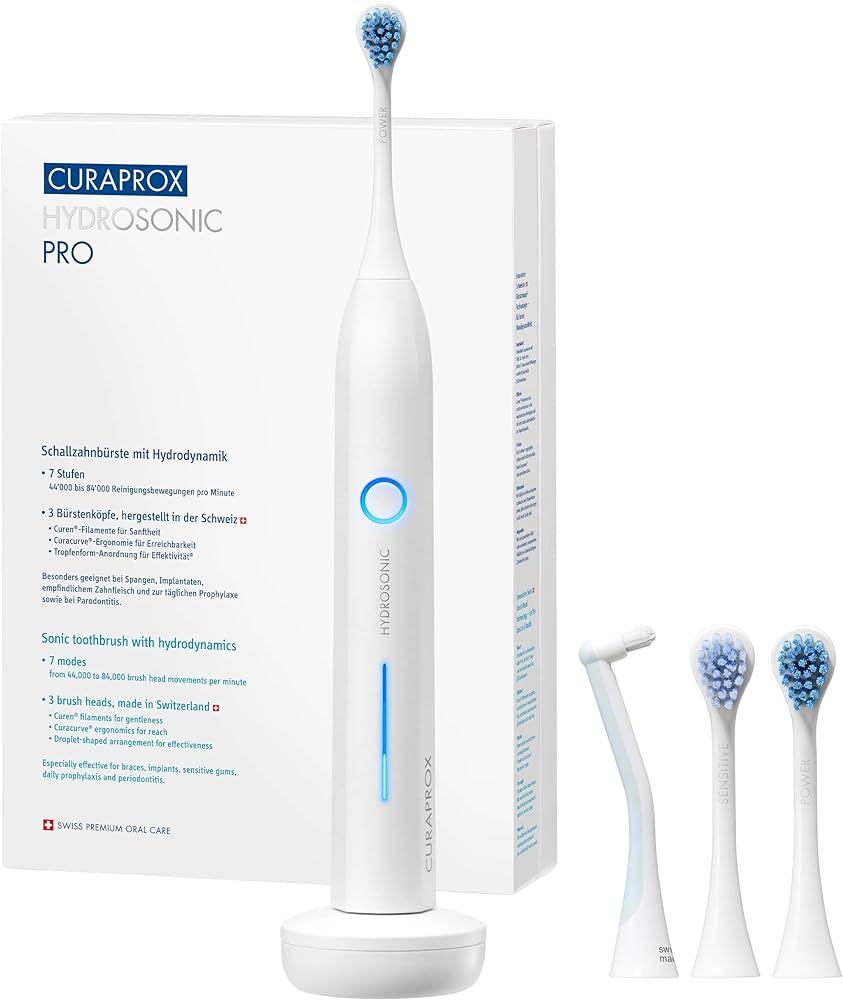
The Importance of Gum Health:
Maintaining healthy gums is vital for overall oral health. Gum disease, also known as periodontal disease, can develop when the gums become infected due to poor oral hygiene practices. If left untreated, gum disease can lead to tooth loss and have implications for overall health, including an increased risk of heart disease and diabetes. Proper brushing technique, including brushing the gums, plays a crucial role in preventing gum disease and preserving gum health.
Common Brushing Mistakes to Avoid:
To ensure that you are effectively brushing the gums without causing harm, it’s important to be aware of common brushing mistakes to avoid:
a) Brushing too hard: Applying too much pressure while brushing can lead to gum irritation and recession. Instead, use a gentle touch and let the bristles do the work.
b) Neglecting the gum line: Focusing solely on the teeth and neglecting the gum line can lead to plaque buildup and gum disease. Make sure to spend adequate time brushing along the gum line to remove plaque and debris.
c) Brushing for insufficient time: Insufficient brushing time can prevent thorough cleaning, including the removal of plaque along the gum line. Aim for a minimum of two minutes of brushing to ensure all areas, including the gums, are properly cleaned.
d) Using a worn-out toothbrush: Using a toothbrush with frayed or worn-out bristles is less effective in removing plaque and can potentially damage the gums. Replace your toothbrush or brush head every three to four months, or sooner if the bristles become frayed.
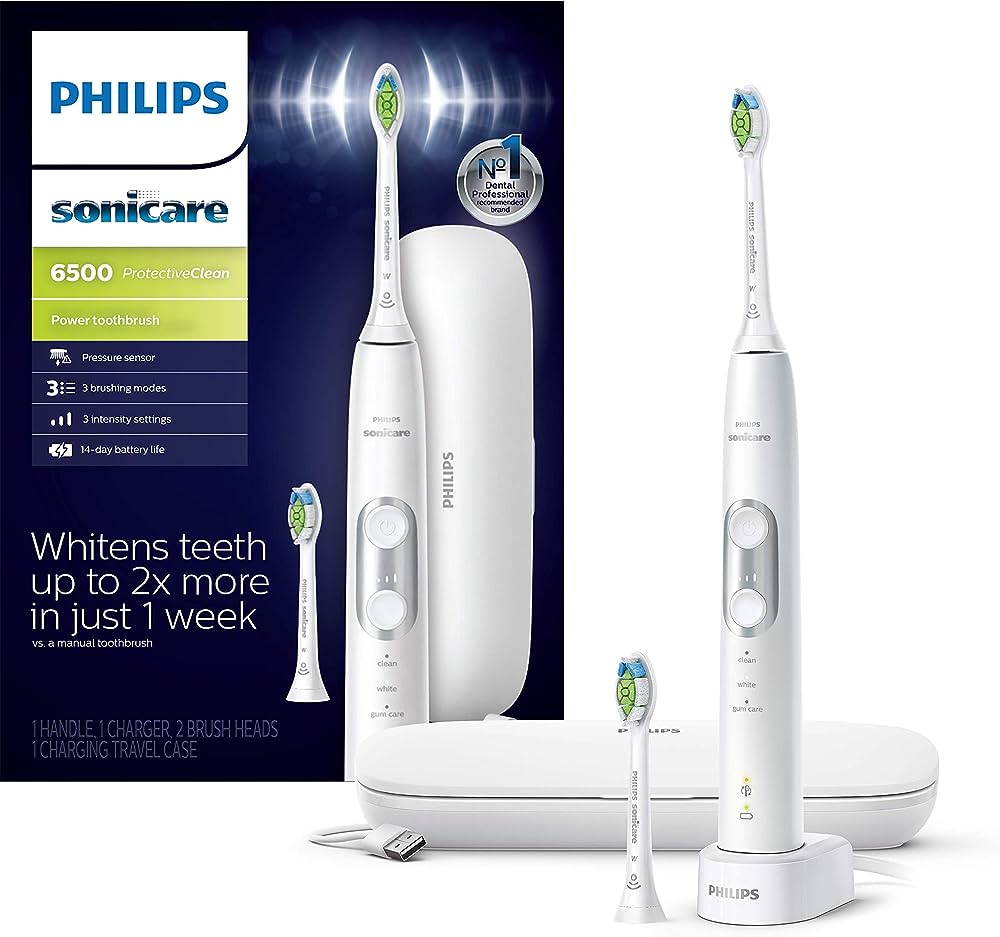
Conclusion:
Proper contact between the bristles of an electric toothbrush and the gums is an essential aspect of maintaining optimal oral health. Brushing the gums can assist in plaque removal, stimulate healthy gum tissue, and prevent tartar buildup. However, it is crucial to employ the correct brushing technique, including gentle pressure and circular or vibrating motions. There are potential risks if incorrect technique or excessive force is used, including gum irritation, recession, and toothbrush abrasion. By choosing an electric toothbrush with soft bristles and considering additional factors such as pressure sensors and brushing modes, you can further protect your gums. Alongside regular dental visits, flossing, using mouthwash, and adopting a healthy lifestyle, proper brushing technique can help ensure the health of your gums and overall oral hygiene.

